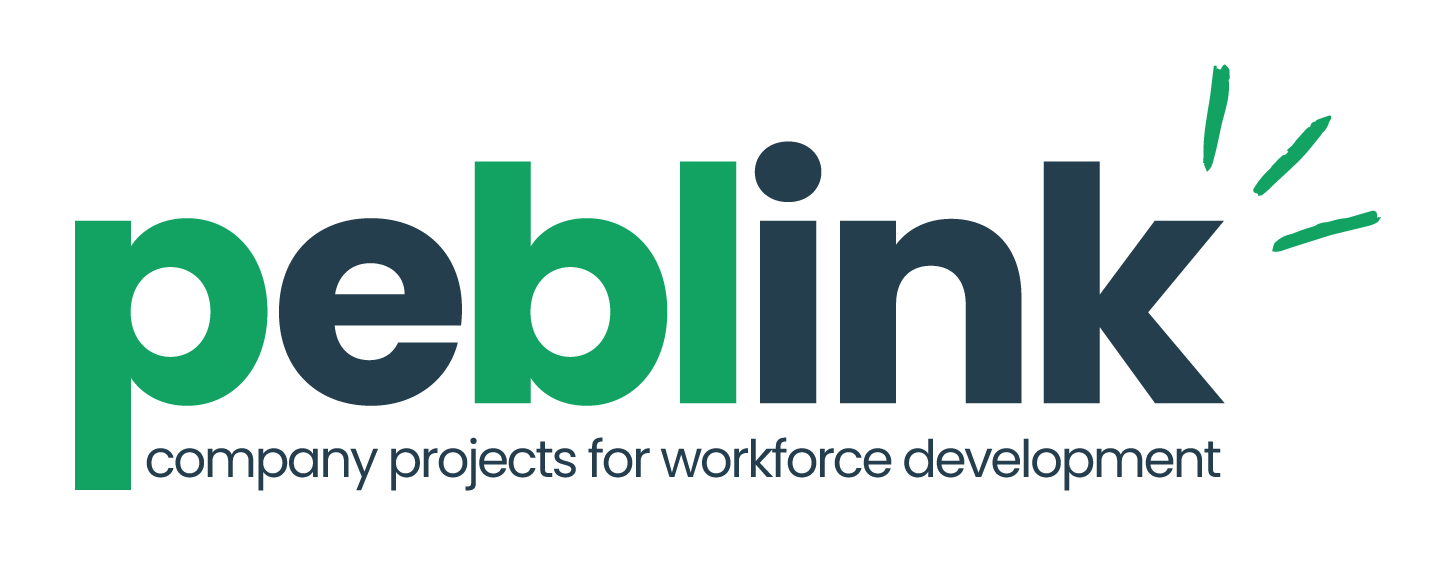Transforming Global Literacy: Market Feasibility and Strategic Solutions


Organization: World Literacy Foundation
Field: Business Development, Literacy, Marketing
Start: January 22, 2025
End: April 30, 2025
Status: Open
1. Project Objective
This 12-week program engages Business and MBA students in real-world projects focused on literacy tools and initiatives. Students will work in teams to research, analyze, and develop innovative solutions to address global literacy challenges. The projects aim to provide practical experience in market analysis, strategic planning, product testing, and campaign development while fostering skills in collaboration, creativity, communication, and critical thinking.
Why It Matters:
This project empowers students to make a meaningful impact by addressing global literacy challenges through innovative business strategies. By working on interdisciplinary teams and engaging with real-world stakeholders, students will build valuable skills and contribute to initiatives that foster education and opportunity worldwide.
Participants
Pending
Transforming Global Literacy: Market Feasibility and Strategic Solutions
1. Project Objective
This 12-week program engages Business and MBA students in real-world projects focused on literacy tools and initiatives. Students will work in teams to research, analyze, and develop innovative solutions to address global literacy challenges. The projects aim to provide practical experience in market analysis, strategic planning, product testing, and campaign development while fostering skills in collaboration, creativity, communication, and critical thinking.
Why It Matters:
This project empowers students to make a meaningful impact by addressing global literacy challenges through innovative business strategies. By working on interdisciplinary teams and engaging with real-world stakeholders, students will build valuable skills and contribute to initiatives that foster education and opportunity worldwide.

